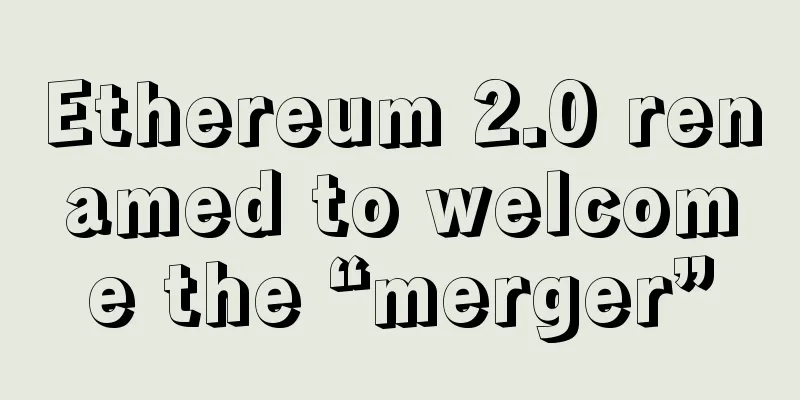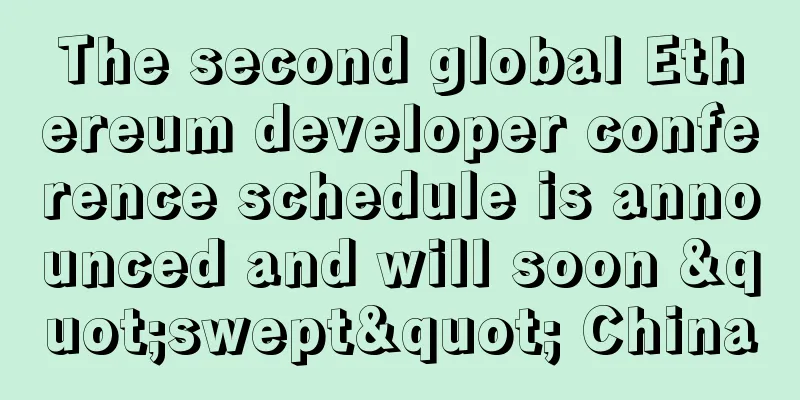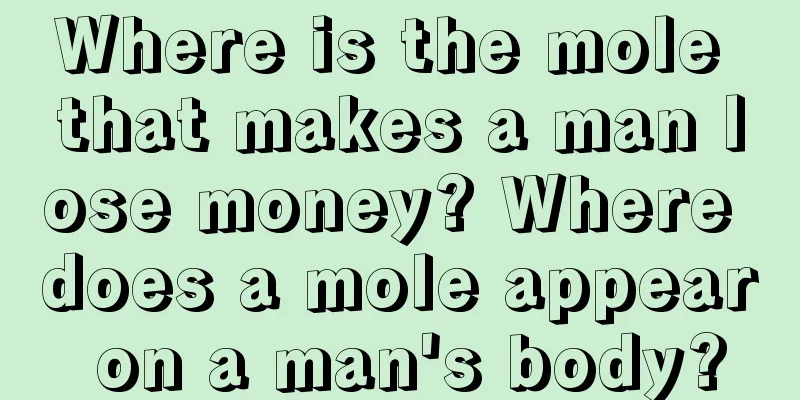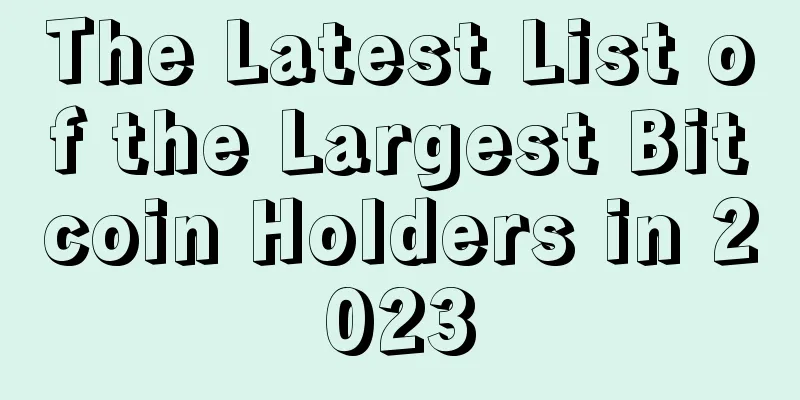Ripple adds 7 banks as technology partners to build R3-style collaboration network
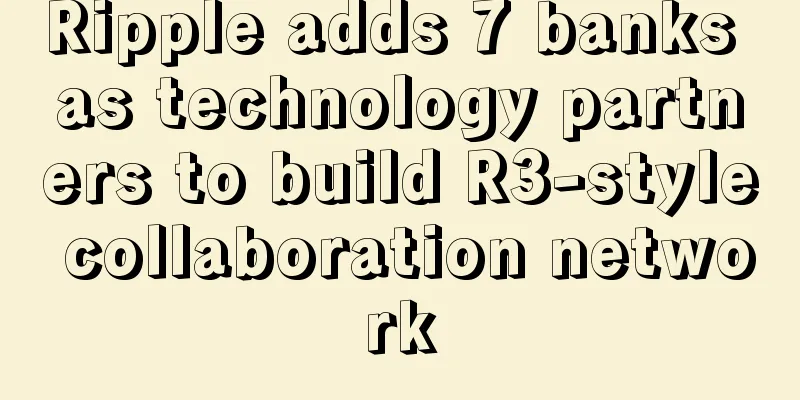
|
Ripple, an international bank payment solution provider using distributed ledgers, has announced the addition of seven new banks to their technology partnership network, becoming the first company in the world to truly use blockchain-based technology for cross-border transfers. The seven banks include Santander, UBS, UniCredit, ReiseBank, Canadian Imperial Bank of Commerce, National Bank of Abu Dhabi (NBAD) and ATB Financial. Canada's ATB has completed the first Canadian dollar to euro blockchain transaction with ReiseBank, a subsidiary of Germany's Central Cooperative Bank. In addition, Ripple said that they are preparing to establish partnerships with 90 banks, have completed more than 30 trials, and are currently negotiating commercial products with 10 banks. Marcus Treacher, general manager of Ripple’s London office, said:
Marcus Treacher Blockchain consortium enthusiasts will no doubt be watching Ripple’s banking network grow into a competitor to the R3 banking consortium. In fact, the two collaborative networks could complement each other. Ripple CEO Chris Larsen has said that he believes solving the international bank payment channel problem is a necessity and will help other forms of settlement. Treacher agreed:
In the interview, Larsen believes that this collaboration is proof that industry adoption of Ripple’s technology is increasing and that these partners are getting more serious about using Ripple’s products for real money transfers. Larson said:
Chris Larsen, CEO of Ripple The partnership announcement comes as Santander is testing a product using Ripple’s technology among its own employees, with plans to make it available to the public later this year. In the statement, Curtis Stange, ATB’s director of strategy and operations, said his company has used the technology for cross-border payments. CIBC and NBAD as a whole have expressed interest in Ripple and the efficiency of its technology. Currently, many financial institutions are constantly exploring Ripple's technology, believing that the Ripple platform is an outlier in the blockchain-based network. For example, Ripple partners have been vocal about using the Ripple platform to exchange more traditional payment information rather than XRP, the digital asset that powers the Ripple Consensus Ledger (RCL). In this way, these partners say they are able to bring banks and market makers into the data-sharing environment while also reducing costs. Larsen said he believes most Ripple customers are using RCL and Ripple Connect, which allow users to exchange know-your-customer (KYC) and compliance information before initiating a transaction. But over time, use of the XRP digital asset may increase because it can reduce costs. |
>>: Israeli startup Colu raises $9.6 million to advance blockchain-based local currency
Recommend
What is the personality of a person with a short life line and a long fate line?
In life, some people have short destiny lines, so...
Localethereum: How to prevent losing your crypto
For virtual currency holders, the most frightenin...
What tools are needed to develop DApps on Ethereum?
Applications on Ethereum support the popularity o...
What does it mean for people with birthmarks on their calves?
Each person's birthmark on different parts of...
Fidelity Digital Assets: Bitcoin will develop into a separate asset class
Fidelity Digital Assets, a subsidiary of asset ma...
What does a blessed woman look like? What is the personality of a round face?
Appearance reflects the heart. Some people can be ...
A complete analysis of the face of a cruel and ruthless woman
Judging from facial features, what are the charact...
What does a man's forehead wrinkles mean? Is it good for a man to have forehead wrinkles?
A forehead wrinkle If a man has only one forehead...
Illustration of women's fortune line. Women's fortune line in palmistry. Look at the fortune of a lifetime.
The money line is very important for a person, as...
Palmistry fate line diagram_palm analysis
There are many lines on our hands, and there are ...
Franklin of the Coin Circle——Bikan Team
Chapter 0 A serious question: How can we live a m...
Acute Angle Cloud plans to achieve distributed node deployment in more than 100 countries around the world by 2020
From January 12 to 13, 2018, the Global Blockchai...
What does a woman with a bad heart look like? Which women have the worst hearts?
In life, people often encounter people with bad h...
What does a mole on the glans penis indicate and what will happen to your destiny?
Moles are something that people are accustomed to...
How to read the palm of a rich person
Everyone desires a rich life, and everyone hopes ...

